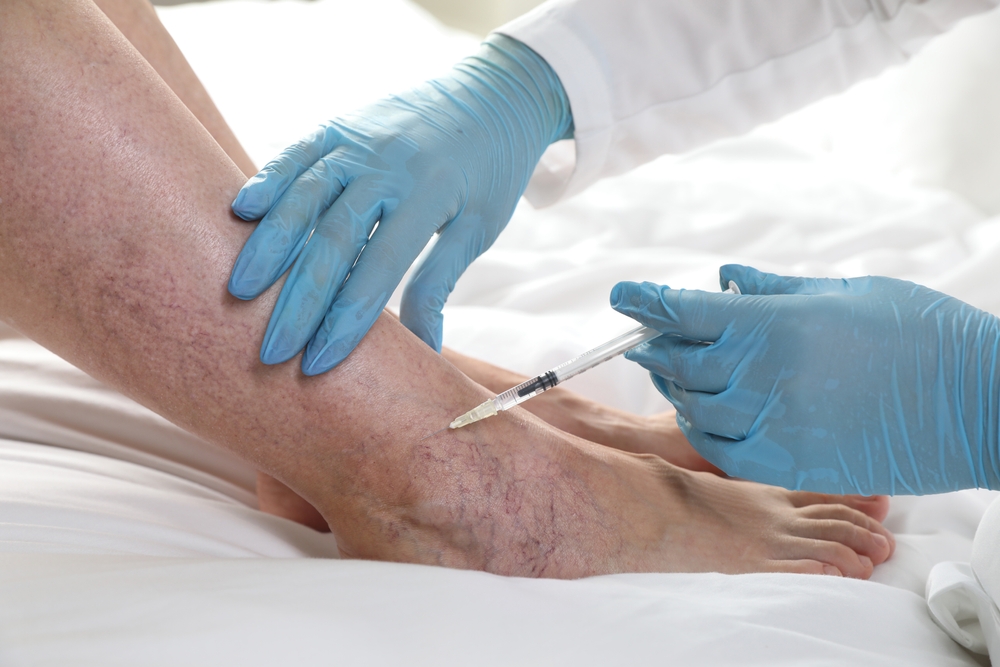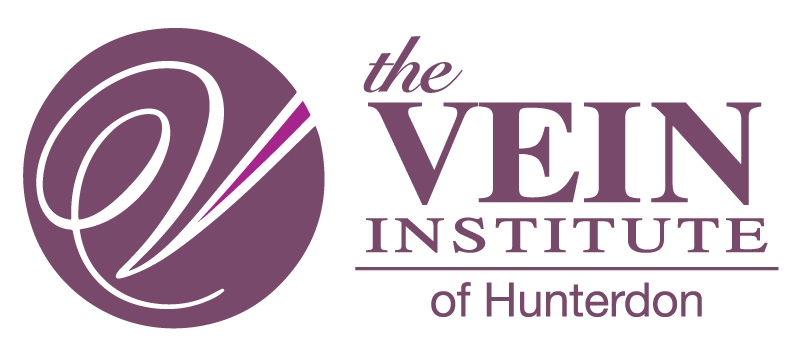When to Seek Vein Treatment: Signs, Symptoms and Solutions

Varicose veins are extremely common in the U.S., affecting around 23% of adults. Spider veins are even more common, given they affect an estimated 80% of men and 85% of women. Vein conditions may be common, but it doesn’t mean you have to live with them.
The Vein Institute of Hunterdon offers several minimally invasive treatments for varicose and spider veins that may reduce their appearance or eradicate them completely. Here’s a closer look at the signs and symptoms of these vein conditions so you know when to meet with a vein specialist.
Signs and Symptoms of Varicose Veins
Varicose veins are large, bulging, twisted and rope-like veins that commonly develop on the legs and thighs. Varicose veins can often be symptomatic. Common signs and symptoms of varicose veins include:
- Sensation of heaviness in the legs
- Fatigue and aching in the legs
- Throbbing and cramping
- Itching
- Swelling
Signs and Symptoms of Spider Veins
Spider veins are often significantly smaller than varicose veins. They do not bulge out and cannot be felt. Spider veins are usually blue, purple and/or red in color and branch out in several directions to resemble tree branches or spider legs.
Unlike varicose veins, spider veins do not typically cause symptoms. However, some may consider them aesthetically unpleasing and seek treatment to achieve a more even skin tone and younger-looking appearance.
Vein Treatment Options Available at The Vein Institute of Hunterdon
Vein conditions can be conveniently treated in an outpatient setting using minimally invasive treatments that produce minimal pain and downtime.
Varicose vein treatment options include:
-
- Endovenous laser treatment (EVLT). During EVLT, a tiny thin laser fiber is threaded into the varicose vein and heated up. This causes the vein to collapse and gradually fade from view.
- Ultrasound-guided sclerotherapy. This helps reduce the appearance of smaller varicose veins and minimizes their symptoms. Ultrasound technology is used to map and locate the veins for precise removal.
- Radiofrequency Ablation. This is a minimally invasive treatment that can reduce symptoms of chronic venous insufficiency, as well as the appearance of varicose veins. During treatment, thermal energy is used to heat up and collapse the vein.
- VenaSeal™. This procedure is currently the only non-sclerosant, non-tumescent, and non-thermal modality approved by the FDA for the treatment of varicose veins. A medical adhesive is used to close off affected veins so blood can flow through healthier veins nearby.
- Ambulatory phlebectomy. This procedure is typically recommended for large varicose veins that cannot be treated with sclerotherapy. It involves removing the varicose vein surgically through several tiny incisions.
Spider vein treatment options include:
- Cosmetic sclerotherapy. During this procedure, a solution called a sclerosant is injected into a vein just below the skin level using a tiny needle. This solution causes the vein to scar, harden and eventually collapse, which forces blood to change routes to healthier veins. The collapsed vein is reabsorbed by the body and disappears.
Whether your vein issue is symptomatic or cosmetic, don’t hesitate to consult with a vein specialist if you would like to learn more about varicose vein or spider vein removal. Our vein specialists can recommend the best treatment for you based on the size, location and symptoms of your veins. Contact us today at (908) 788-0066 to request a free consultation.
